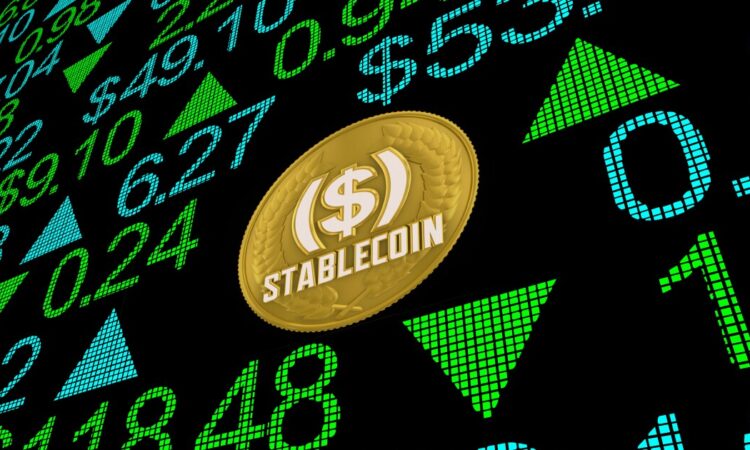
iQoncept – stock.adobe.com
A
Only a specific kind of stablecoin would yield these economic benefits. Any coin that promises “yield,” “earnings” or “dividends” is presumably a security and any transaction with that coin would trigger capital gains tax. Even if the stablecoin was structured like Tether with no yield promised to holders (i.e., if the portfolio of assets was not strictly limited to dollars in a bank account), the benefits to the U.S. money supply and economy would not result.
The serious, potentially fatal flaw with a stablecoin like Tether is a “run on the bank” problem. Any stablecoin that invests in anything other than U.S. dollars in a bank account cannot guarantee its holders that they can redeem their stablecoin at any time, all at once, and receive 100% of the face value of the stablecoin. Investment portfolios are not demand deposits and no investment portfolio can be liquidated all at once at any time without the seller taking a discount and stablecoin holders absorbing a loss or a delay in receiving their redemption proceeds. A coin (e.g., Tether) depends upon a black swan event never happening.
A true pegged stablecoin is sold and redeemed for exactly $1 and is assumed to never fluctuate in value. It does not pay yield and does not appreciate. There is no reason to “
The faster speed and lower transaction costs make a stablecoin more useful and valuable in payments, especially across borders. This superior functionality would drive demand for a “true” stablecoin. The stablecoin sponsor could profitably operate the stablecoin by retaining the fiat currency yield paid by a custodian bank for the U.S. dollar deposits. (The yield would be priced below the bank’s prevailing cost of funds/deposits to make the deposit attractive to the bank.)
Some of the remarkable (and logical) conclusions are that a true pegged stablecoin would both expand the money supply without causing inflation and lower the cost of borrowing fiat currency.
A true stablecoin would not chase the same goods and services as fiat currency because the stablecoin would be high velocity money only used to transact. However, as the stablecoin becomes more broadly accepted, people will hold more and more of their deposits in stablecoin instead of U.S.-dollar deposits. Thus, the dollar deposits held in a bank account to back the stablecoin would grow gradually and be stable long-term deposits. The stability of these deposits would allow the bank to lend at lower rates. The money supply would have two distinct components, each specializing in a different function.
Such a stablecoin presents none of the problems of a central bank digital currency, or CBDC, which include giving the government complete surveillance and control power. Instead, the stablecoin can be designed as a valuable tool for law enforcement and to prevent fraud. It fits easily into existing law, does not harm the banking system and prevents the government from using currency as a weapon of surveillance and control.





